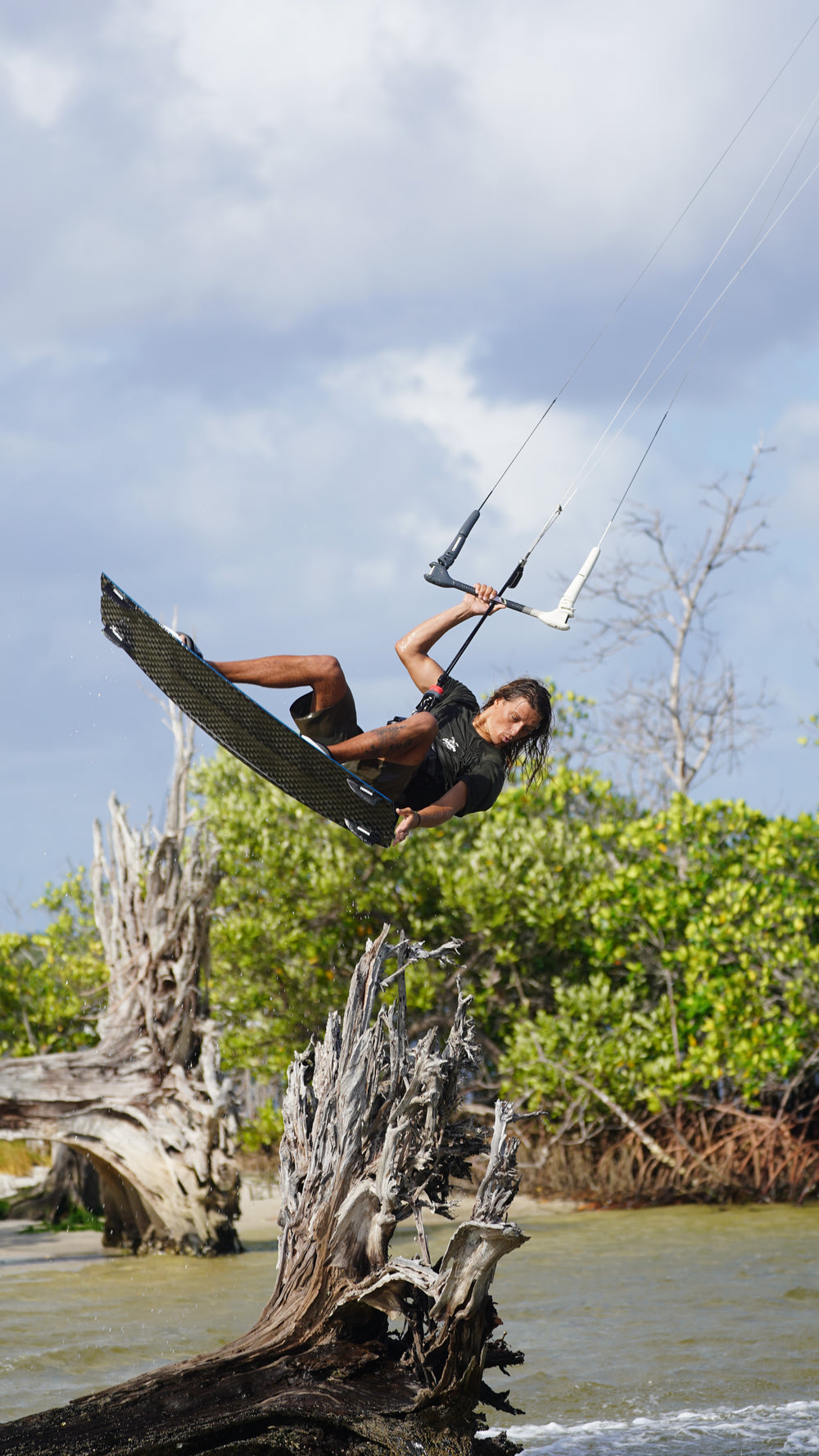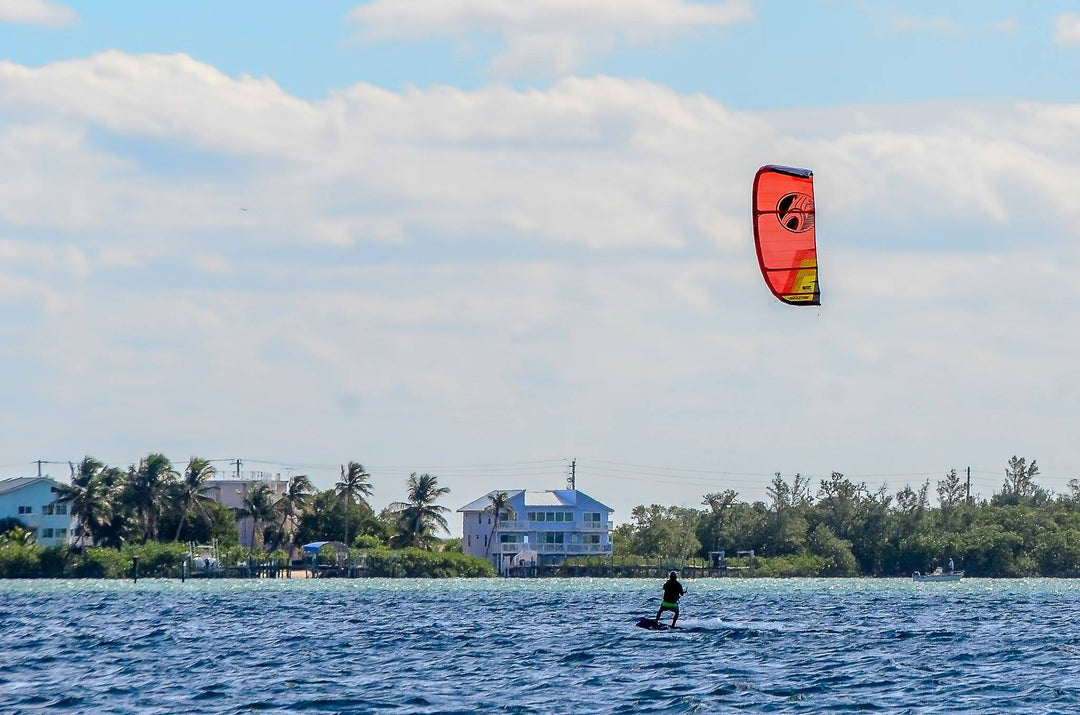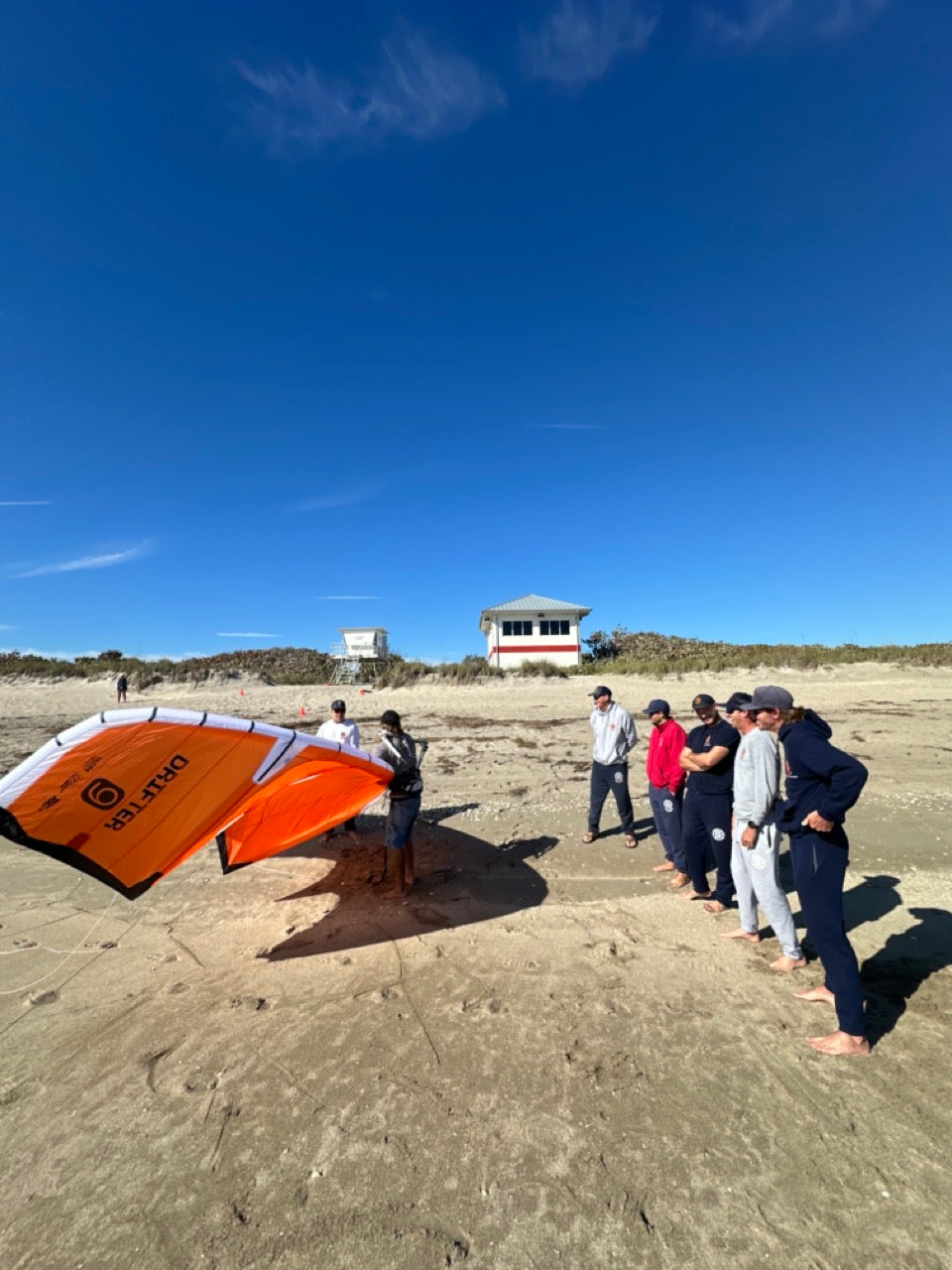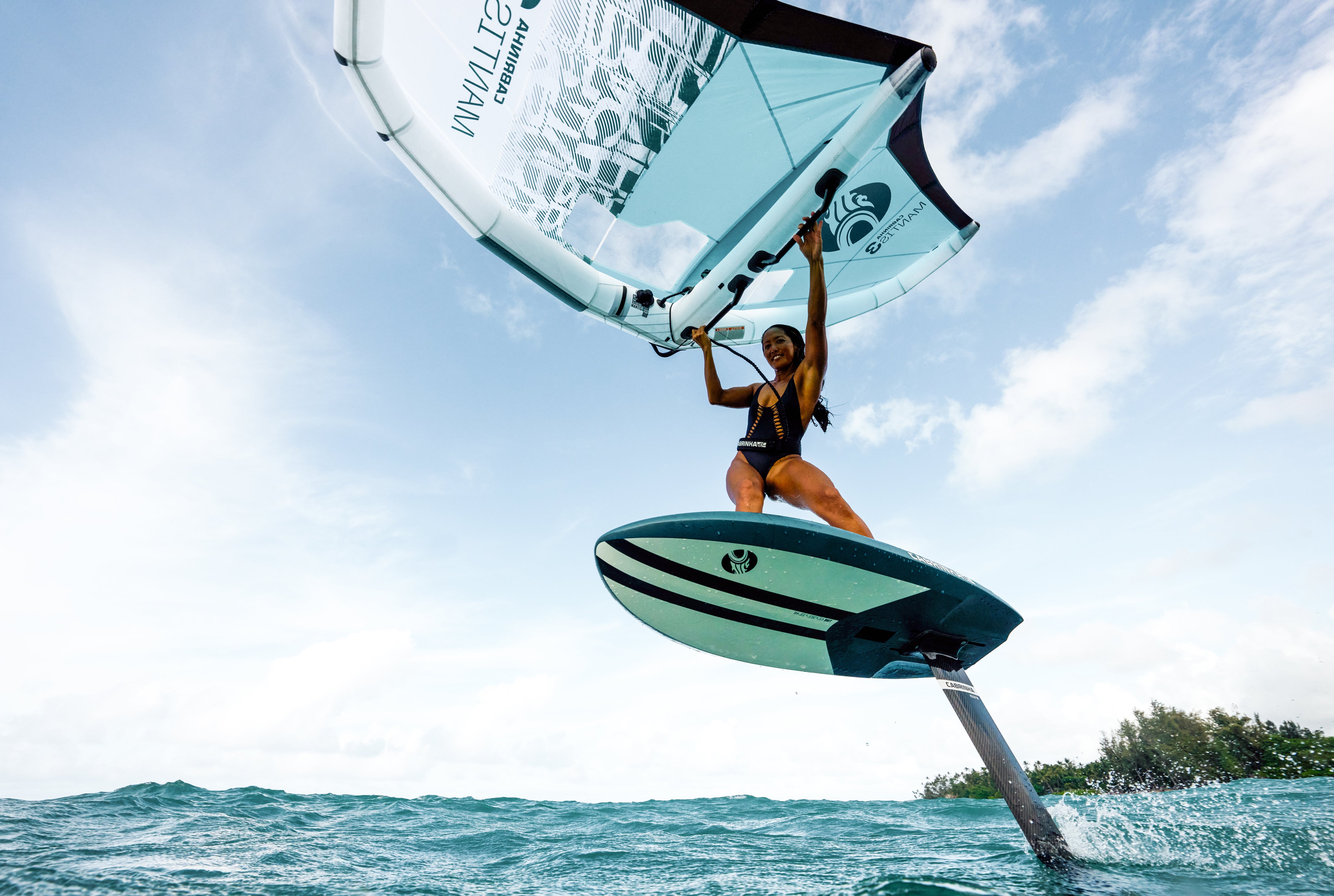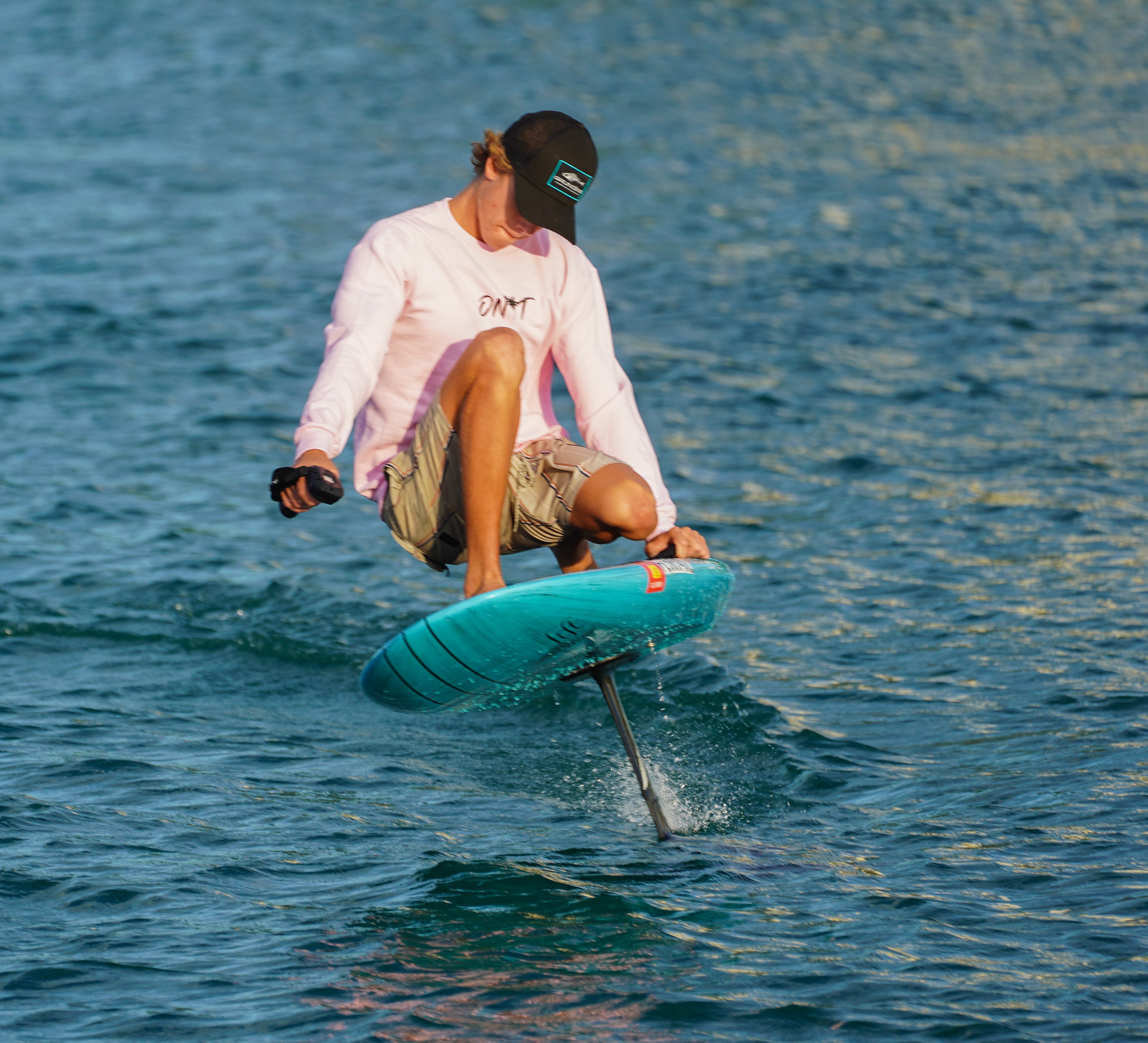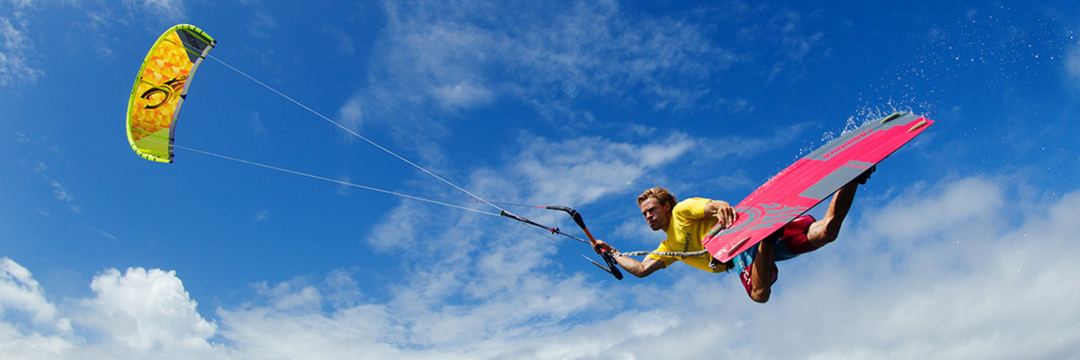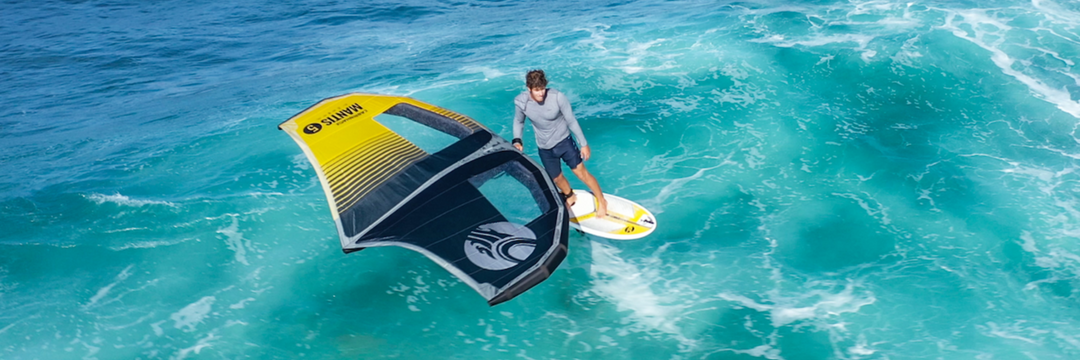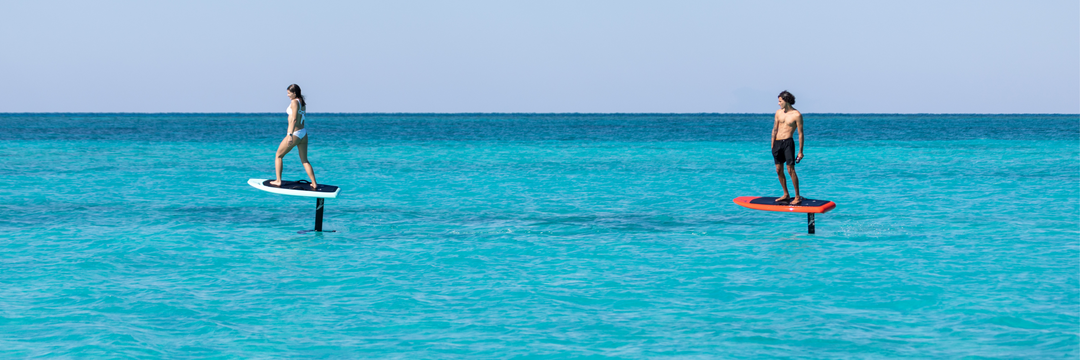Understanding Wind and Thermals For Kitesurfing
Kitesurfing, an exhilarating blend of wind power and wave riding, has gained immense popularity among adventure seekers and water sports enthusiasts. Florida, with its expansive coastline and consistent wind patterns, offers an ideal playground for kitesurfers. However, to truly harness the potential of this thrilling sport, understanding wind dynamics and thermals is crucial. In this guide, we delve into the intricacies of wind and thermals, equipping you with the knowledge to make the most of your kitesurfing adventures in the Sunshine State.
1. Grasping Wind Basics:
Wind is the driving force behind kitesurfing, dictating speed, direction, and maneuverability. In Florida, wind conditions vary across different regions and seasons. Generally, the coastal areas experience more consistent winds due to the influence of sea breezes and frontal systems.
- Sea Breezes: During the day, the temperature difference between the land and sea generates sea breezes. These onshore winds typically blow from the ocean towards the land, providing ideal conditions for kitesurfing along the coast.
- Frontal Systems: Frontal passages, common in transitional seasons, bring changes in wind direction and intensity. These systems can create strong gusts and turbulent conditions, requiring advanced skills to navigate safely.
2. Understanding Thermals:
Thermals, or pockets of warm air rising from the ground, play a significant role in wind patterns, especially in inland areas. In Florida, thermals are influenced by various factors, including temperature differentials, terrain features, and solar heating.
- Diurnal Cycle: Thermals follow a diurnal cycle, with maximum activity occurring during the warmest parts of the day. As the sun heats the land, air near the surface rises, creating vertical air currents that impact wind direction and speed.
- Terrain Effects: Inland kitesurfing spots, such as lakes or marshes, may exhibit unique thermal patterns influenced by surrounding terrain. Hills, forests, and urban areas can affect the development and direction of thermals, leading to localized wind variations.
3. Safety Considerations:
While mastering wind and thermals enhances your kitesurfing experience, safety should always remain a top priority. Here are some essential safety tips:
- Stay Informed: Monitor weather forecasts and wind reports before heading out. Be aware of any advisories or warnings issued by local authorities.
- Know Your Limits: Assess your skill level and choose appropriate kite sizes and equipment. Avoid kitesurfing in extreme conditions beyond your proficiency.
- Respect the Environment: Familiarize yourself with local regulations, including designated kitesurfing areas and wildlife protection zones. Practice responsible kitesurfing to minimize impact on the ecosystem.
4. Tips for Optimal Kitesurfing:
To maximize your enjoyment on the water, consider the following tips:
- Seek Guidance: If you're new to kitesurfing or unfamiliar with local conditions, consider taking lessons from certified instructors. They can provide valuable insights and help you develop essential skills.
- Explore Diverse Spots: Florida boasts a diverse array of kitesurfing spots, from bustling beaches to secluded lagoons. Explore different locations to experience varied wind and wave conditions.
- Embrace Adaptability: Be flexible with your plans and adapt to changing wind and weather conditions. Experiment with different kite sizes and riding styles to optimize performance in varying environments.
Conclusion:
Mastering wind and thermals is essential for unlocking the full potential of kitesurfing in Florida. By understanding the intricacies of wind patterns, harnessing the power of thermals, and prioritizing safety, you can embark on thrilling kitesurfing adventures along the Sunshine State's picturesque coastline. With the right knowledge and skills, every session becomes an opportunity to soar across the waves and experience the exhilaration of kitesurfing in one of the world's premier destinations.
1. Grasping Wind Basics:
Wind is the driving force behind kitesurfing, dictating speed, direction, and maneuverability. In Florida, wind conditions vary across different regions and seasons. Generally, the coastal areas experience more consistent winds due to the influence of sea breezes and frontal systems.
- Sea Breezes: During the day, the temperature difference between the land and sea generates sea breezes. These onshore winds typically blow from the ocean towards the land, providing ideal conditions for kitesurfing along the coast.
- Frontal Systems: Frontal passages, common in transitional seasons, bring changes in wind direction and intensity. These systems can create strong gusts and turbulent conditions, requiring advanced skills to navigate safely.
2. Understanding Thermals:
Thermals, or pockets of warm air rising from the ground, play a significant role in wind patterns, especially in inland areas. In Florida, thermals are influenced by various factors, including temperature differentials, terrain features, and solar heating.
- Diurnal Cycle: Thermals follow a diurnal cycle, with maximum activity occurring during the warmest parts of the day. As the sun heats the land, air near the surface rises, creating vertical air currents that impact wind direction and speed.
- Terrain Effects: Inland kitesurfing spots, such as lakes or marshes, may exhibit unique thermal patterns influenced by surrounding terrain. Hills, forests, and urban areas can affect the development and direction of thermals, leading to localized wind variations.
3. Safety Considerations:
While mastering wind and thermals enhances your kitesurfing experience, safety should always remain a top priority. Here are some essential safety tips:
- Stay Informed: Monitor weather forecasts and wind reports before heading out. Be aware of any advisories or warnings issued by local authorities.
- Know Your Limits: Assess your skill level and choose appropriate kite sizes and equipment. Avoid kitesurfing in extreme conditions beyond your proficiency.
- Respect the Environment: Familiarize yourself with local regulations, including designated kitesurfing areas and wildlife protection zones. Practice responsible kitesurfing to minimize impact on the ecosystem.
4. Tips for Optimal Kitesurfing:
To maximize your enjoyment on the water, consider the following tips:
- Seek Guidance: If you're new to kitesurfing or unfamiliar with local conditions, consider taking lessons from certified instructors. They can provide valuable insights and help you develop essential skills.
- Explore Diverse Spots: Florida boasts a diverse array of kitesurfing spots, from bustling beaches to secluded lagoons. Explore different locations to experience varied wind and wave conditions.
- Embrace Adaptability: Be flexible with your plans and adapt to changing wind and weather conditions. Experiment with different kite sizes and riding styles to optimize performance in varying environments.
Conclusion:
Mastering wind and thermals is essential for unlocking the full potential of kitesurfing in Florida. By understanding the intricacies of wind patterns, harnessing the power of thermals, and prioritizing safety, you can embark on thrilling kitesurfing adventures along the Sunshine State's picturesque coastline. With the right knowledge and skills, every session becomes an opportunity to soar across the waves and experience the exhilaration of kitesurfing in one of the world's premier destinations.


